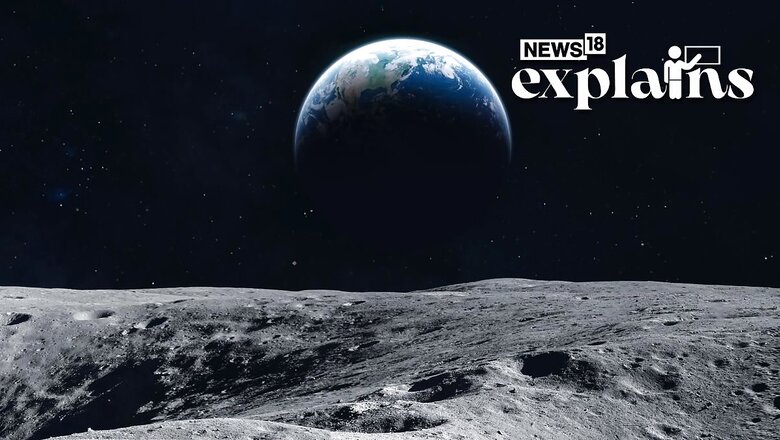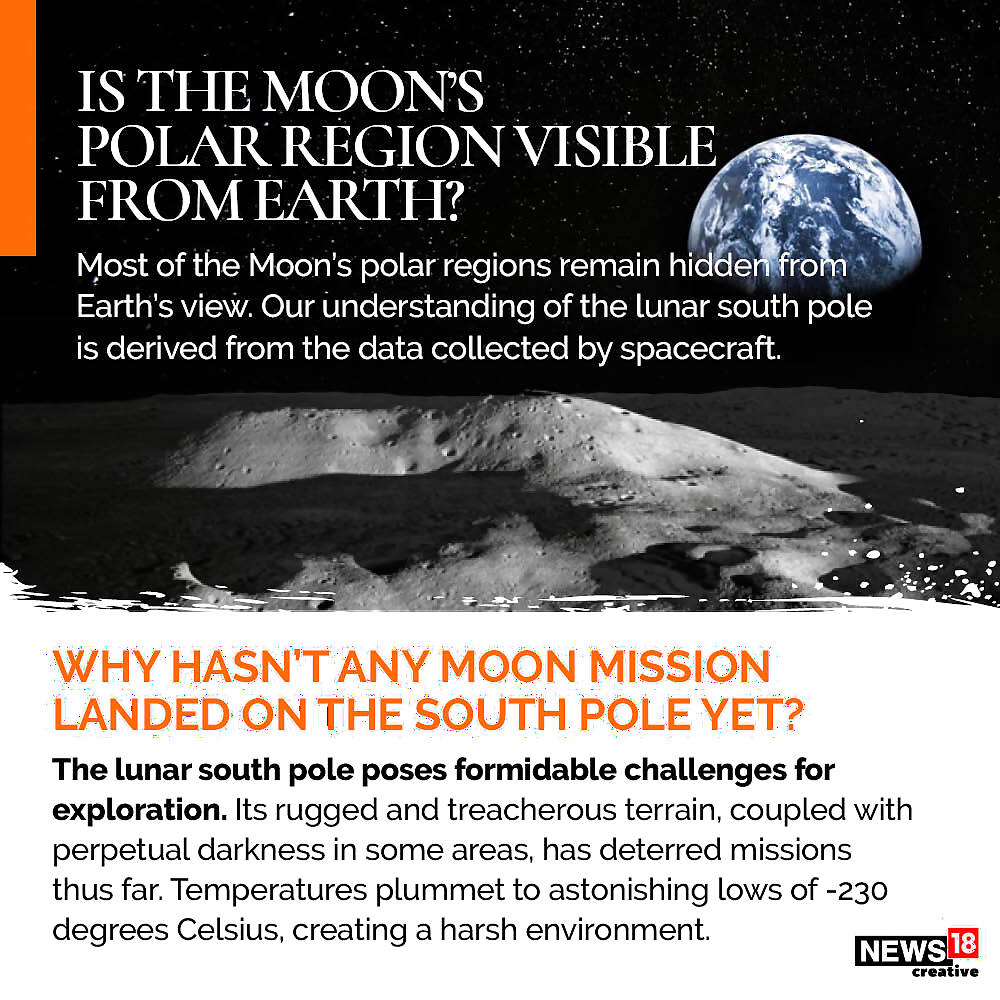
views
Chandrayaan-3 will make a touchdown on the lunar surface on Wednesday after a 40-day long journey to the moon. If the Lander successfully makes a soft landing on the Moon, India would become the fourth country to achieve soft landing while Chandrayaan-3 will be the first mission to land on Moon’s south polar region.
The Lander will target the southern polar region of the Moon, which is a rich reserve for science and an area of interest for space explorers as not many space craft have headed to this unexplored world.
Russia’s lunar craft Luna-25, too had been scheduled to land on the south pole this week but crashed on Sunday. The previous lunar missions have concentrated on the equatorial region of the moon, while the southern side, where the terrain is rough and rugged, has never been explored.
Moon’s Unexplored South Pole
So far, none of the lunar missions have landed at the South Pole. All the lunar mission that went to the moon in the 1960s and 1970s landed in latitudes around the equator or at the center of the moon as it was easy to access.
The farthest any spacecraft has ventured from the equator was NASA’s Surveyor 7, which landed near 40 degrees south latitude on January 10, 1968.

The previous missions and remote sensing have revealed that the presence of permanently dark craters in this polar area of the Moon, holds the highest potential for water. These craters are vital for studying the existence of water in measurable quantities.
The Chandrayaan-3 mission could advance India’s space ambitions and expand knowledge of lunar water ice, potentially one of the moon’s most valuable resources.
Water ice has been detected at both lunar poles, with the South Pole potentially having a larger concentration due to its larger area in permanent shadow and colder temperatures. So, this makes the Southern end an interesting location for studying water resources and possibility of future human missions.
As ISRO scientist said that the southern side has big craters and there is a bombardment of comets and asteroids continuously happening on the land surface.
“The ISRO always tries to do different things on each mission. So, this is one aspect. The second aspect is the possibility of finding a fair amount of water. On the southern side of the Moon because of big craters there are quite deep and permanently shadowed areas will be there, and then there is a bombardment of comets and asteroids continuously happening on the land surface," ISRO’s former group director Suresh Naik reportedly said, according to Hindustan Times.
Advantages in Southern Mission
Here are some of the benefits that explorations to southern side of the moon’s surface could offer:
- Though South Pole poses difficulties for landing and has extreme conditions, it holds promise for deep space scientific discoveries and further exploration of the solar system.
- The South Pole potentially have a larger concentration of Water ice than the North due to its larger area in permanent shadow and colder temperatures.
- If water ice exists in sufficient quantities, it could be a source of drinking water for moon exploration and could help cool equipment.
- Scientists are interested in pockets of ancient water ice because they could provide a record of lunar volcanoes and the origin of oceans.
- Another interesting factor is that power generation is possible in South Pole because of its unique topography. On one hand, it has large shadowed area and other the other hand, there are a lot of peaks, which are permanently under the sunlight.




















Comments
0 comment